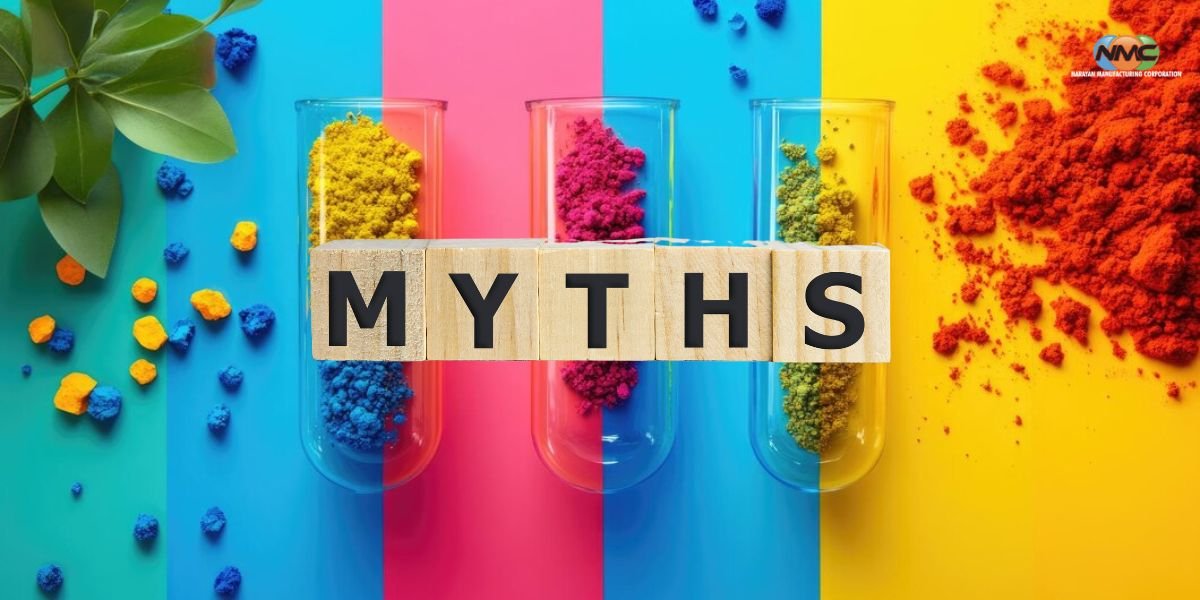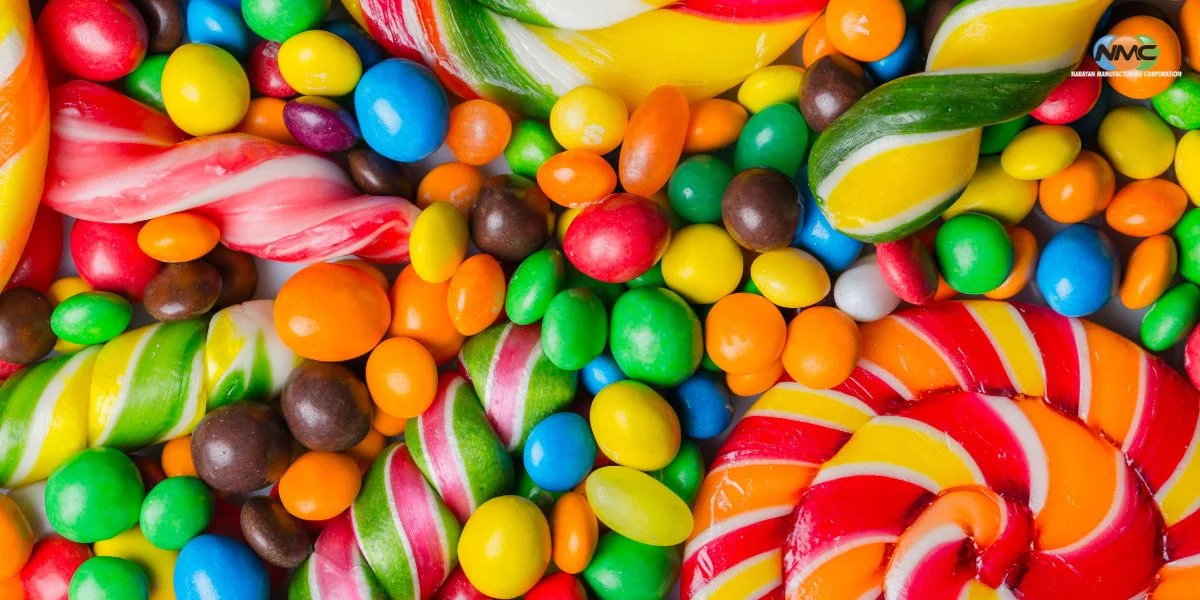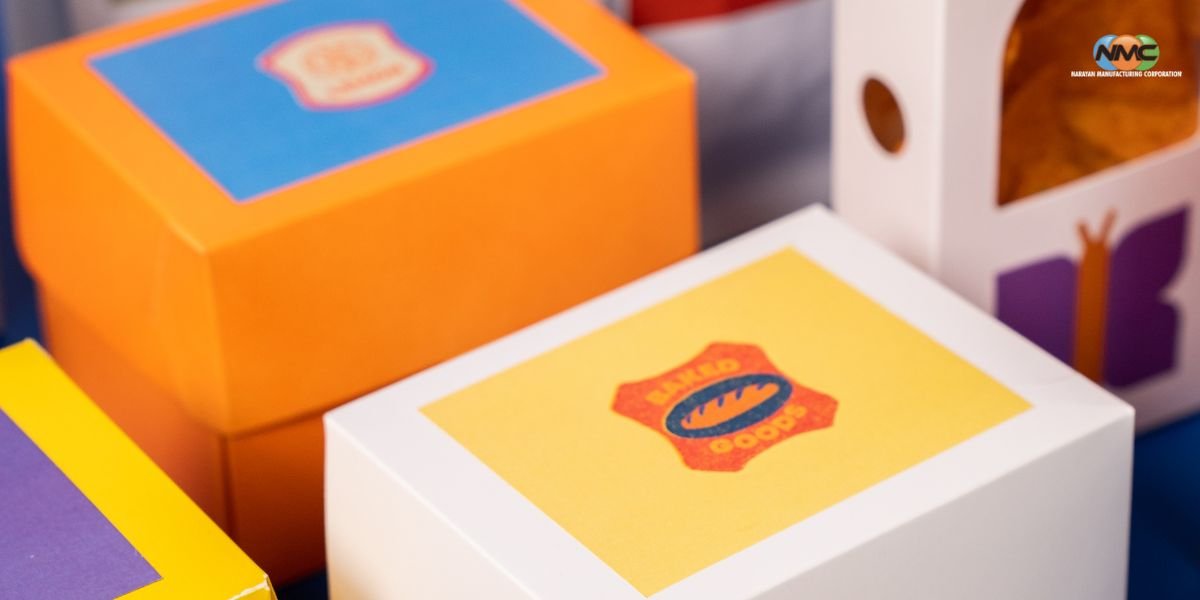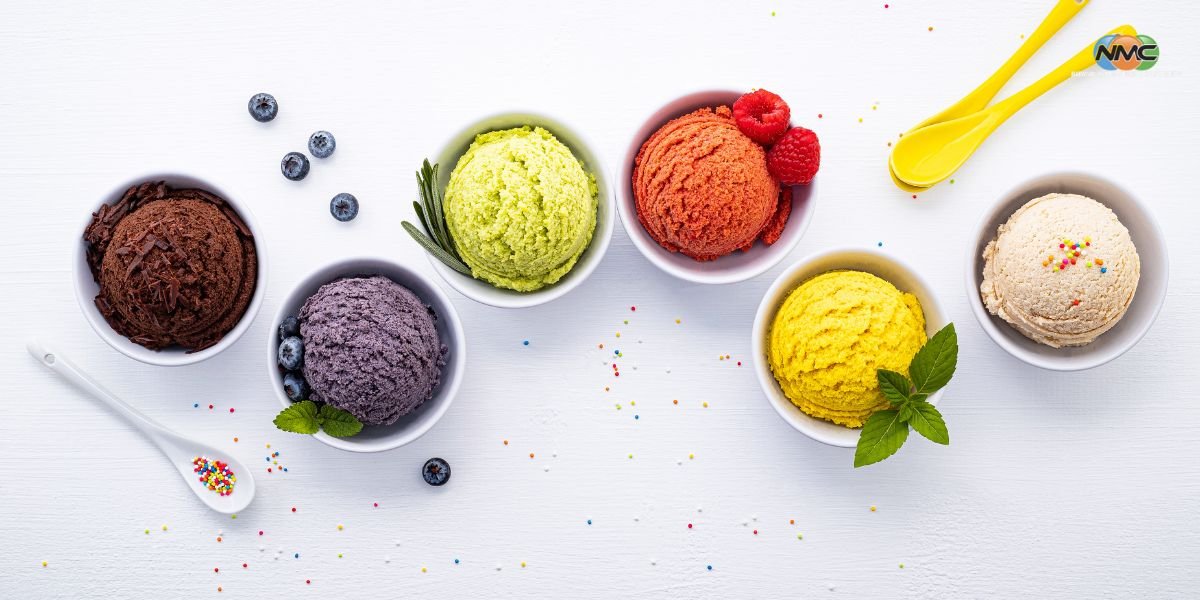Synthetic food colors have been widely used for decades to enhance the visual appeal of food products. However, many misconceptions about their safety and impact on health persist, leading consumers to question their use. In this article, we will explore and debunk some of the most common myths surrounding synthetic food colors to provide a clearer understanding of their role in the food industry.
Myth 1: Synthetic Food Colors Are Unsafe for Consumption
One of the most pervasive myths about synthetic food colors is that they are inherently harmful to health. While it’s true that concerns have been raised in the past, the reality is that synthetic food colors undergo rigorous safety evaluations before being approved for use by regulatory bodies like the U.S. Food and Drug Administration (FDA) and the European Food Safety Authority (EFSA). These agencies continuously monitor and review scientific studies to ensure that food colors meet strict safety standards.
For example, widely used colors such as FD&C Red No. 40 and Yellow No. 5 have been extensively tested and are considered safe when used within the regulated limits.
Myth 2: Synthetic Colors Cause Hyperactivity in Children
The belief that synthetic food colors lead to hyperactivity, particularly in children, stems from a controversial study published in the 1970s, known as the Feingold Diet. While this study suggested a link between food additives and hyperactivity, subsequent research has provided mixed results. Large-scale studies conducted in recent years have not found a definitive link between synthetic food colors and behavioral issues in the general population.
In 2007, a UK-based study did suggest a potential connection between certain food color additives and hyperactivity in some children. However, this study also noted that the effect was small and varied significantly between individuals. Many health experts agree that other factors, such as genetics and overall diet, play a more significant role in hyperactivity than food colors alone.
Myth 3: Natural Food Colors Are Always Better Than Synthetic Ones
The growing trend towards natural ingredients has led some consumers to believe that natural food colors are inherently superior to synthetic ones. While natural food colors can be a great option, they also come with limitations. Natural colors are often less stable, meaning they may fade over time or react to temperature changes, affecting the visual appeal of the food product.
In contrast, synthetic food colors are more stable and vibrant, making them a preferred choice for manufacturers aiming to maintain consistency in appearance. Furthermore, natural colors can sometimes require more complex sourcing and processing, leading to higher costs and increased environmental impact.
Myth 4: Synthetic Food Colors Have No Nutritional Value
It’s true that synthetic food colors are primarily used for aesthetic purposes, but it’s important to understand that their function is not to provide nutrition. Like many food additives, synthetic colors serve a specific role in making food more visually appealing, which can enhance the eating experience and influence consumer perceptions of freshness and flavor.
While they do not add nutritional value, synthetic food colors contribute to a positive sensory experience, particularly in products like confections, beverages, and snacks, where visual appeal plays a significant role in consumer choice.
Myth 5: All Artificial Colors Are Harmful to the Environment
There is a misconception that synthetic food colors are automatically bad for the environment. In reality, the environmental impact of food color production depends on various factors, including the sourcing of raw materials, the manufacturing process, and the disposal of waste products.
Advancements in food technology have led to more sustainable methods of producing synthetic colors. Moreover, synthetic colors often have a smaller environmental footprint compared to natural colors, which may require large amounts of agricultural resources or complex extraction processes.
Conclusion: Separating Fact from Fiction
Synthetic food colors continue to play an essential role in the food industry, providing vibrant, stable hues that enhance the appeal of countless products. While myths and misconceptions still surround their use, the facts show that synthetic food colors are safe when used within regulated limits, and they offer benefits that natural alternatives may not always provide.
Understanding the science behind food colors can help consumers make informed choices and appreciate the role these additives play in creating visually appealing and enjoyable food products.
















